In a rare and captivating geological event, scientists have witnessed the birth of two new volcanic islands in the Red Sea. This extraordinary occurrence, captured through satellite imagery and video footage, offers unprecedented insights into the dynamic processes that shape our planet’s surface. The emergence of Sholan Island in 2011 and Jadid Island in 2013 near Yemen’s Zubair archipelago has provided researchers with a unique opportunity to study island formation in real-time.
These nascent landforms, born from underwater volcanic eruptions, not only showcase the Earth’s incredible capacity for creating new terrain but also challenge our understanding of the Red Sea’s geological activity. As magma rose through cracks in the Earth’s crust, it rapidly built these islands, offering scientists a front-row seat to one of nature’s most spectacular shows. This blog post delves into the fascinating details of this event and its implications for our knowledge of volcanic processes and plate tectonics.
The Geological Setting: Understanding the Red Sea’s Tectonic Activity
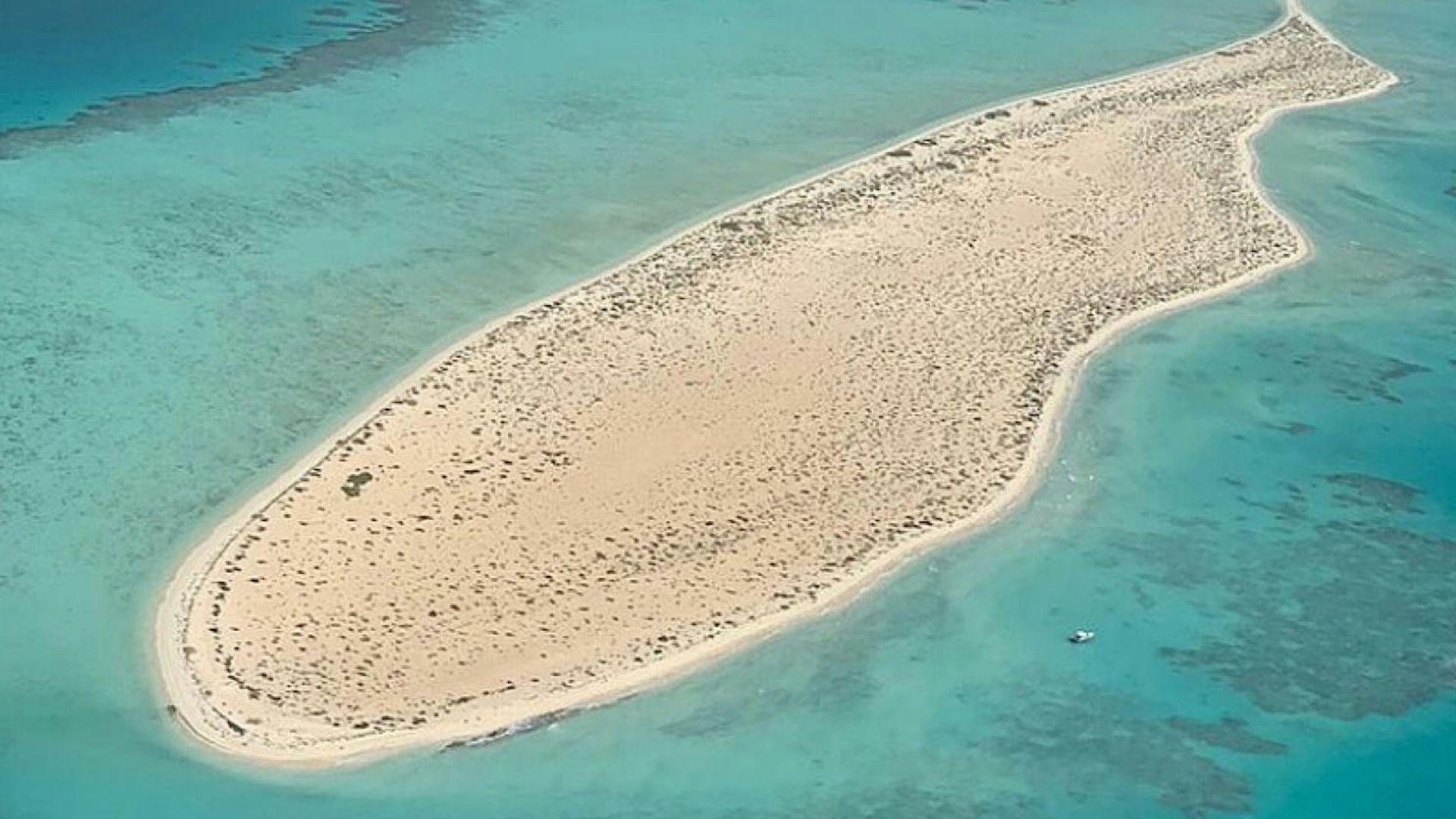
The Red Sea, often perceived as geologically quiet, sits atop a divergent plate boundary where the African and Arabian plates are slowly moving apart. This rifting process, occurring at about a quarter of an inch per year, is gradually creating new oceanic crust and forming a small underwater mountain range.
Despite its seemingly calm reputation, the Red Sea region has shown surprising levels of volcanic and seismic activity. The formation of Sholan and Jadid Islands serves as a dramatic reminder of the area’s hidden geological dynamism. This event has prompted scientists to reassess their understanding of the Red Sea’s tectonic behavior and its potential for future volcanic activity.
Birth of an Island: The Eruption Process Explained
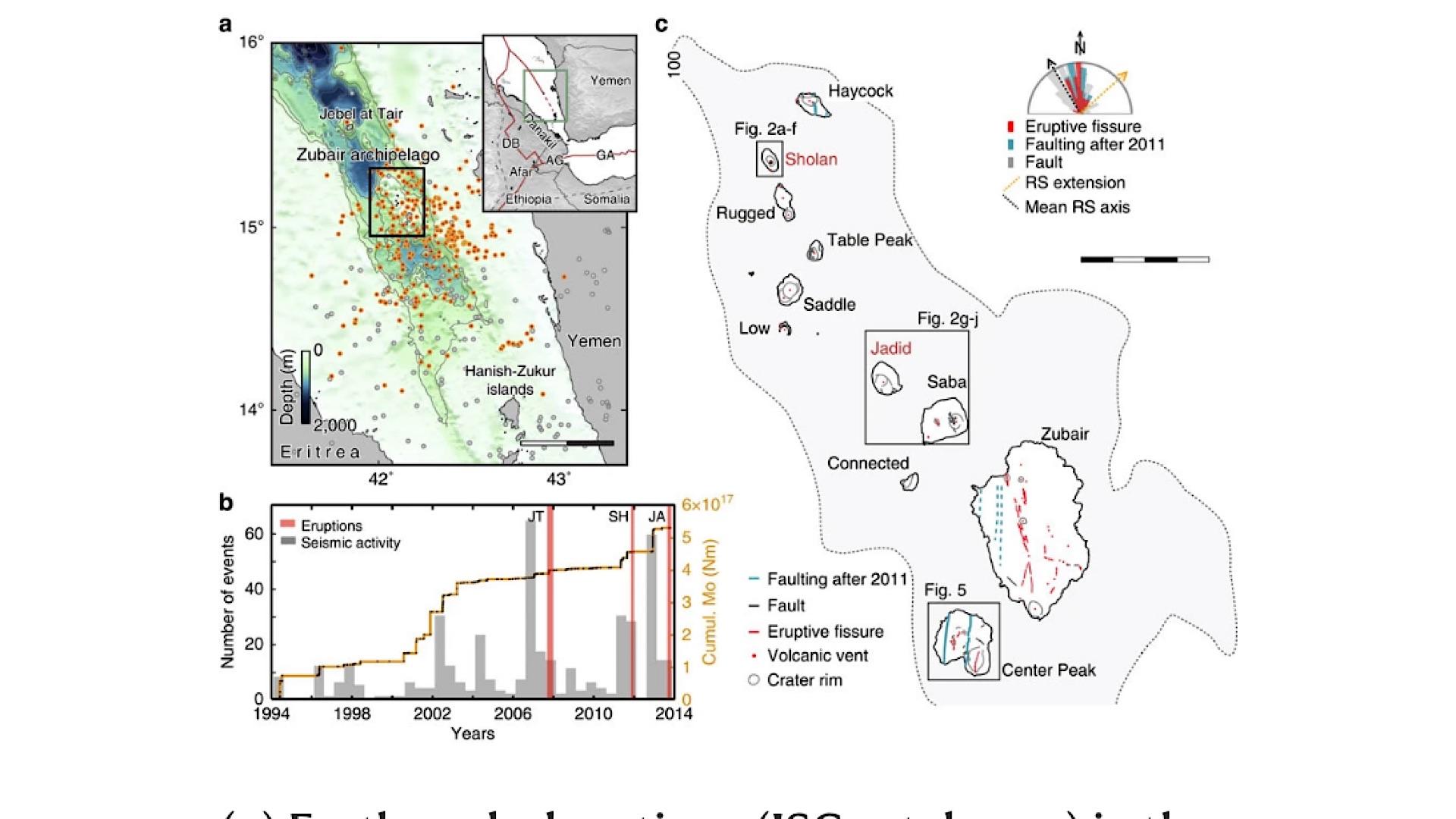
The birth of Sholan and Jadid Islands began with underwater volcanic eruptions, a process rarely witnessed due to its often remote locations and the ocean’s ability to quench eruptions before they breach the surface. In these cases, however, the magma’s rapid ascent and volume overcame the water’s resistance.
Initially, the eruptions were explosive, quickly building up landmass as magma met seawater. This phase was followed by steady magma flow that continued to feed the islands’ growth. The process showcases the delicate balance between magma supply, eruption rate, and environmental factors that determine whether an underwater volcano will successfully create a new island or remain a submarine feature.
Satellite Surveillance: How Technology Enabled This Discovery
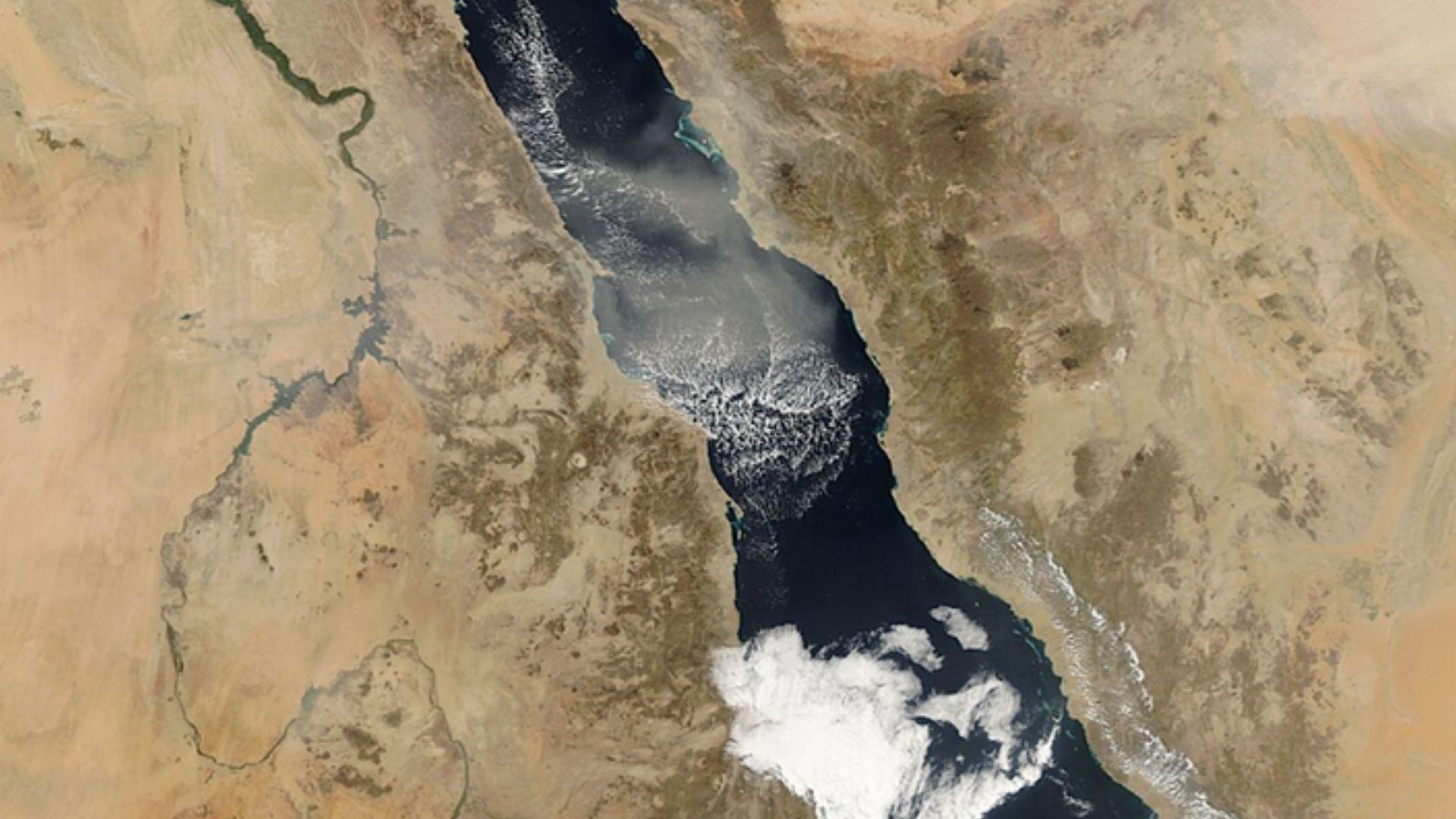
The formation of Sholan and Jadid Islands was meticulously documented thanks to advanced satellite technology. High-resolution imagery from various satellites allowed researchers to track the islands’ emergence and growth in unprecedented detail. This bird’s-eye view provided valuable data on eruption patterns, island morphology, and erosion rates.
Moreover, satellite thermal imaging detected heat signatures from the eruptions, helping scientists understand the timing and intensity of volcanic activity. This remote sensing approach was crucial, as it allowed for continuous monitoring of a potentially dangerous and inaccessible area. The wealth of data collected through satellite surveillance has significantly enhanced our understanding of island formation processes.
Magma Dykes: The Underground Plumbing of Volcanic Islands
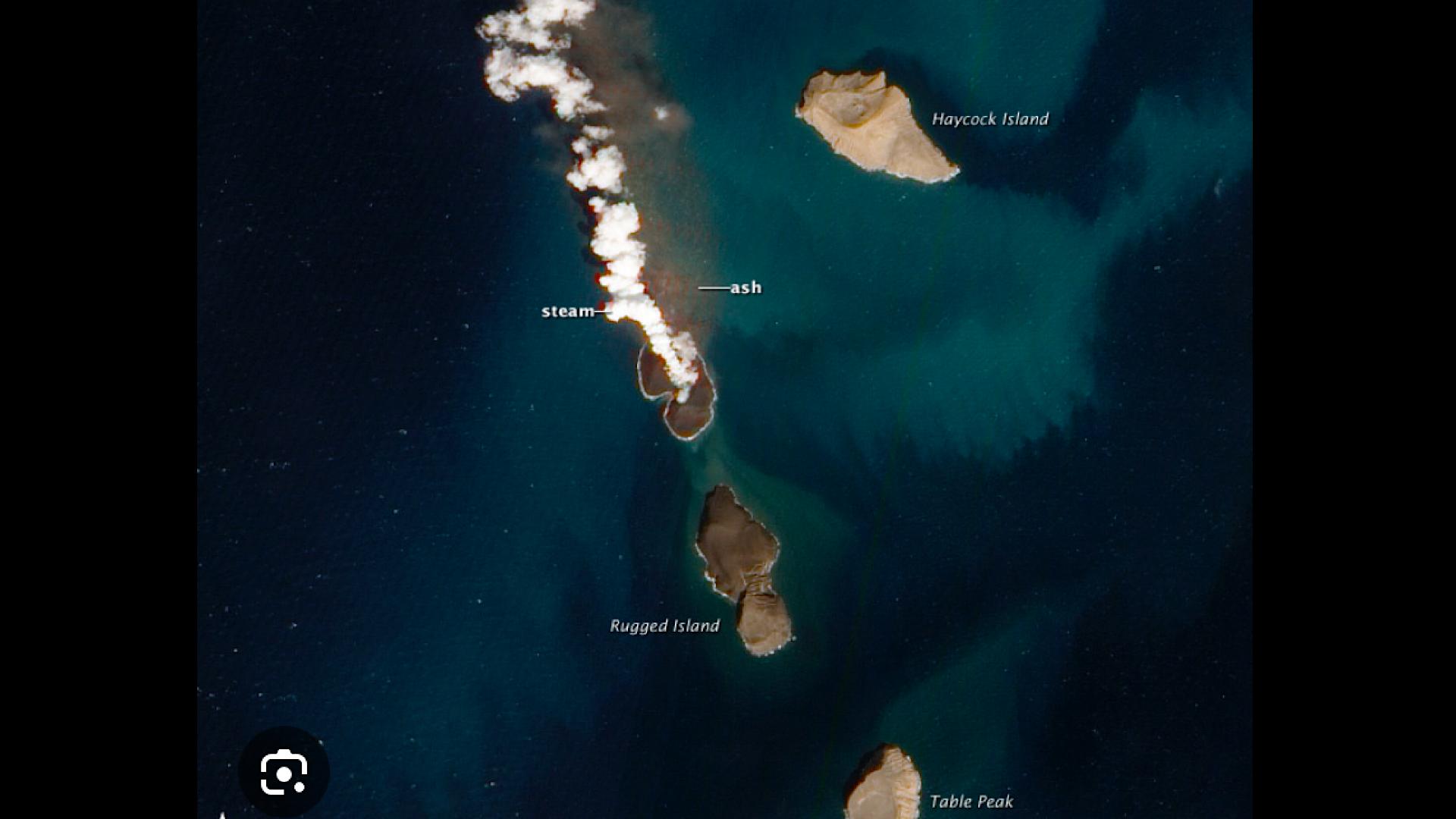
The formation of Sholan and Jadid Islands was facilitated by magma dykes, vertical cracks in the Earth’s crust that serve as conduits for rising magma. In this case, two significant dykes, each about six miles long and over half a mile wide, channeled magma from deep within the Earth to the seafloor.
These dykes act as the underground plumbing system for volcanic eruptions, determining the location and shape of the resulting islands. Understanding the geometry and behavior of these magma conduits is crucial for predicting future eruptions and assessing volcanic hazards. The Red Sea event provided researchers with valuable insights into how dyke systems operate in divergent tectonic settings.
Earthquake Swarms: Precursors to Volcanic Activity in the Red Sea

Coinciding with the volcanic eruptions that formed Sholan and Jadid Islands, the area experienced swarms of small earthquakes. These seismic events, while not individually powerful, occurred in rapid succession and served as precursors to the volcanic activity.
Earthquake swarms are often indicators of magma movement beneath the Earth’s surface. In this case, they likely signaled the filling and expansion of the magma dykes that eventually fed the eruptions. The occurrence of these swarms in the typically “quiet” Red Sea region highlights the importance of continuous seismic monitoring, even in areas not traditionally associated with high volcanic activity. This discovery may lead to improved early warning systems for underwater volcanic eruptions.
Comparing Sholan and Jadid: Similarities and Differences in Formation
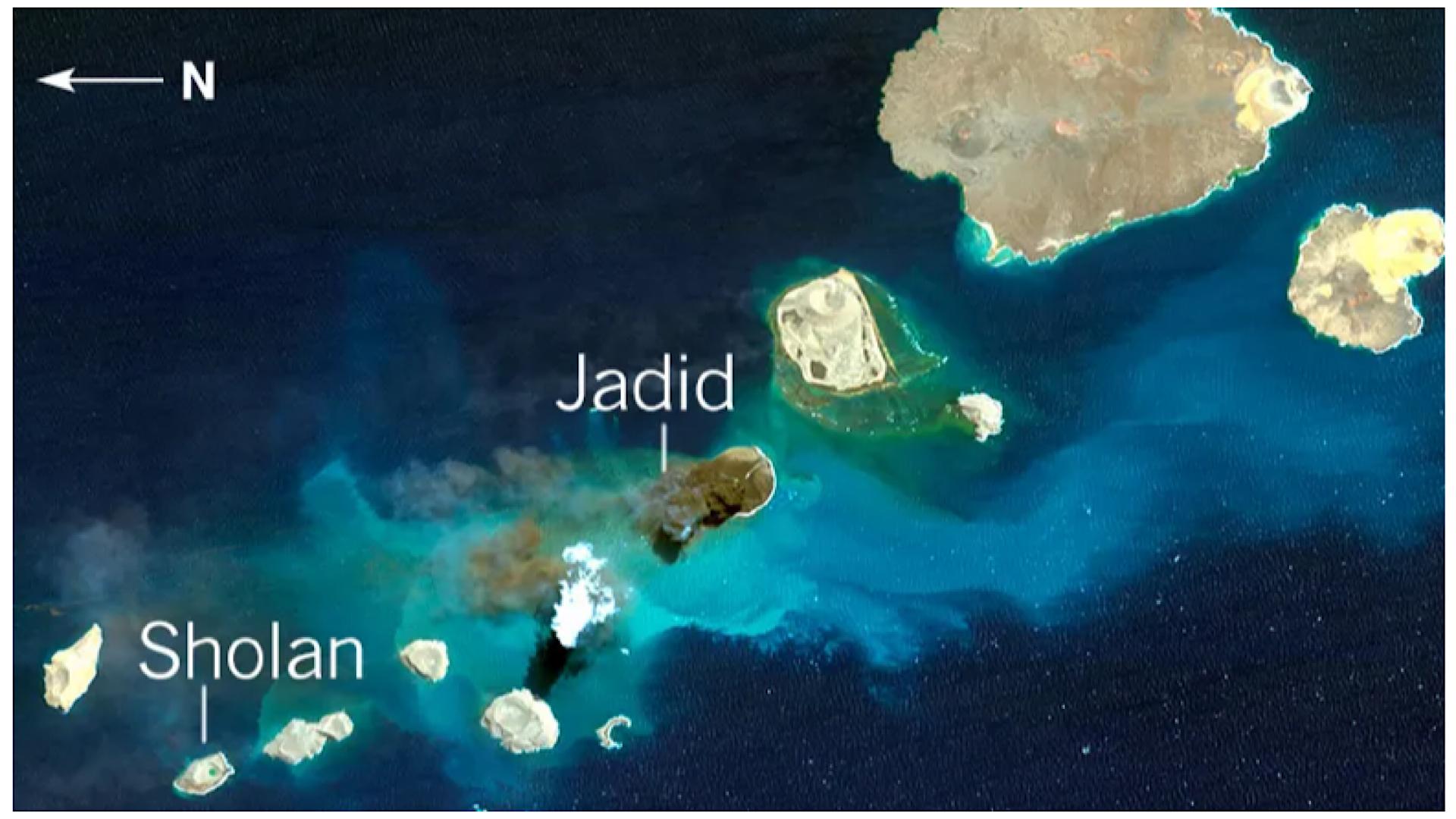
Sholan Island, born in 2011, and Jadid Island, formed in 2013, share many similarities in their creation. Both emerged from underwater volcanic eruptions along the same divergent plate boundary, driven by magma rising through extensive dyke systems. Their initial explosive phases were followed by steady magma flows, resulting in rapid island growth.
However, subtle differences exist in their formation processes and subsequent development. Factors such as local bathymetry, magma composition, and eruption duration likely contributed to variations in their size, shape, and stability. Studying these differences provides valuable insights into how slight changes in geological conditions can influence island formation and evolution in volcanic archipelagos.
The Lifespan of Newborn Islands: Erosion vs. Growth
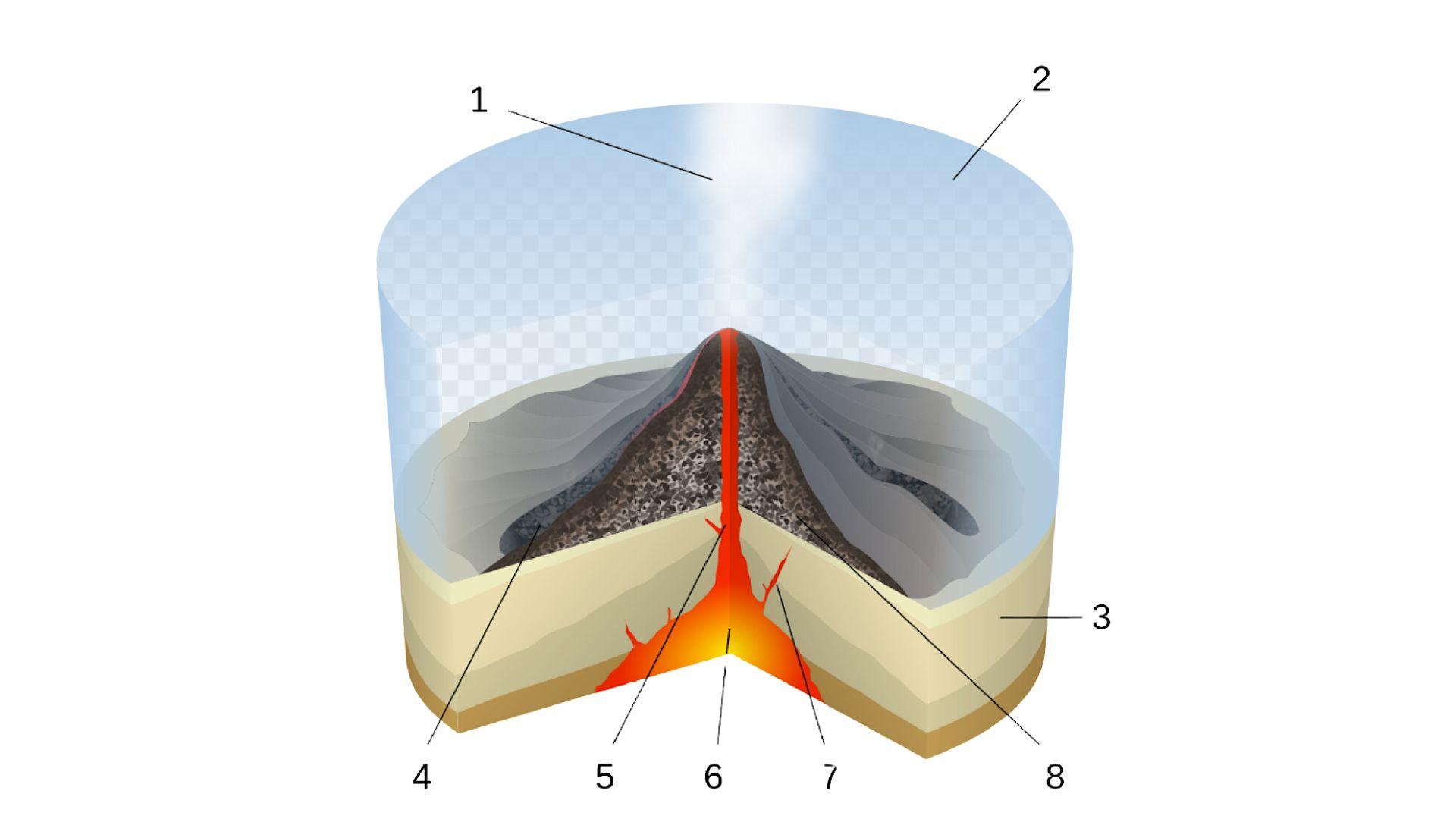
The fate of newly formed volcanic islands like Sholan and Jadid is a constant battle between growth and erosion. Initially, rapid magma output can outpace erosion, allowing the islands to expand quickly. However, once volcanic activity ceases, wave action begins to slowly chip away at the newly formed land.
Sholan Island, for instance, lost 30% of its landmass shortly after formation, but erosion rates have since slowed. Researchers project that both islands may persist for at least a few centuries, but their long-term survival depends on factors such as rock composition, wave energy, and potential future volcanic activity. This ongoing process of creation and destruction showcases the dynamic nature of our planet’s geology.
Ecological Implications: How Life Might Colonize These New Landforms
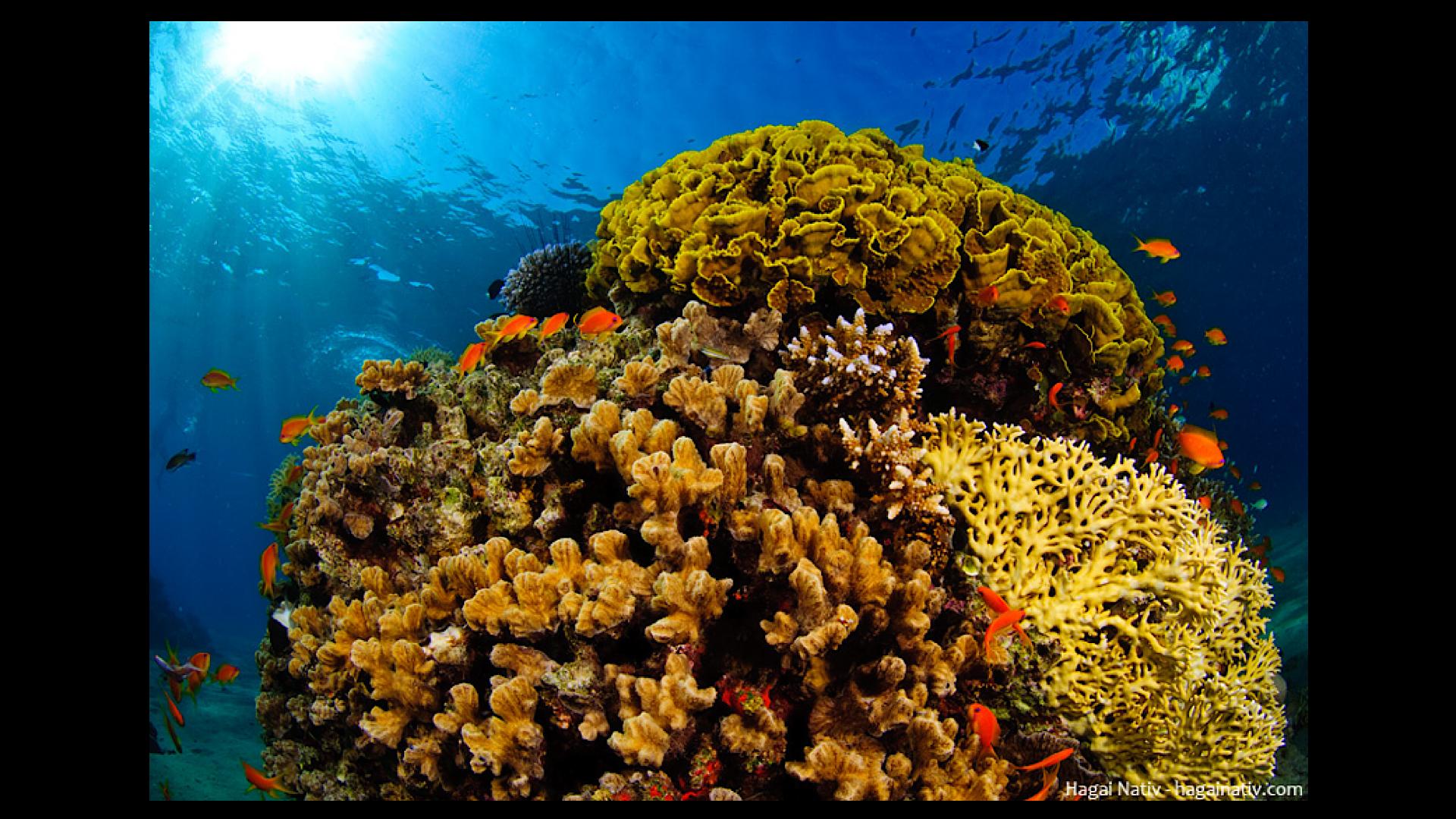
The emergence of Sholan and Jadid Islands presents a unique opportunity to study primary ecological succession – the process by which life colonizes barren environments. Initially sterile due to their volcanic origin, these islands will gradually be colonized by various organisms, starting with microbes and eventually including plants and animals.
Factors such as island size, distance from other land masses, and environmental conditions will influence the rate and type of colonization. Monitoring this process can provide valuable insights into dispersal mechanisms, species adaptations, and the development of island ecosystems. Additionally, studying how life establishes itself on these new landforms could offer clues about the potential for life on other planets with active volcanism.
Future Research: What These Islands Can Teach Us About Volcanology

The formation of Sholan and Jadid Islands offers volcanologists an unprecedented opportunity to study the entire lifecycle of volcanic islands from birth. Future research will likely focus on long-term monitoring of these islands, tracking changes in their size, shape, and composition over time. This could provide insights into the interplay between volcanic activity, erosion, and tectonic processes.
Moreover, the unexpected volcanic activity in the Red Sea region prompts a reevaluation of our understanding of global volcanic patterns. Further studies may explore the potential for similar events in other seemingly quiet marine environments. The lessons learned from these islands could improve our ability to predict and prepare for underwater volcanic eruptions, enhancing both scientific knowledge and public safety in coastal regions worldwide.

